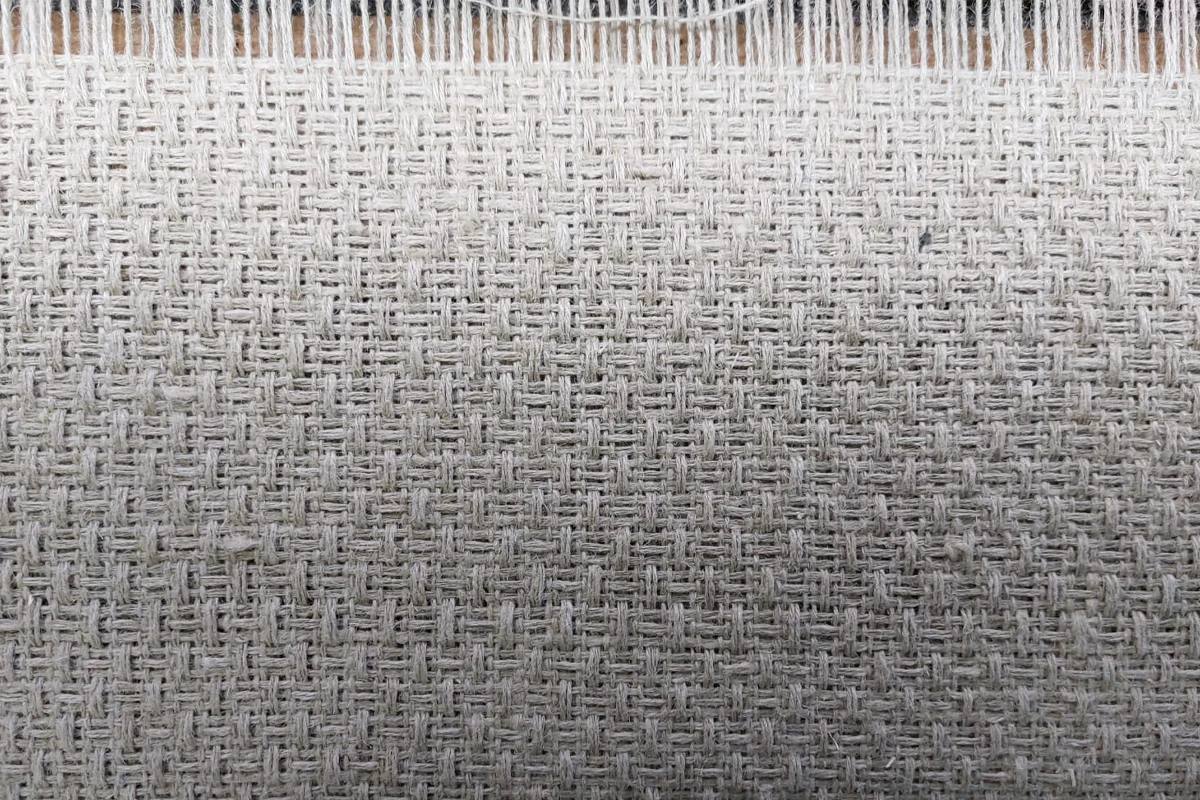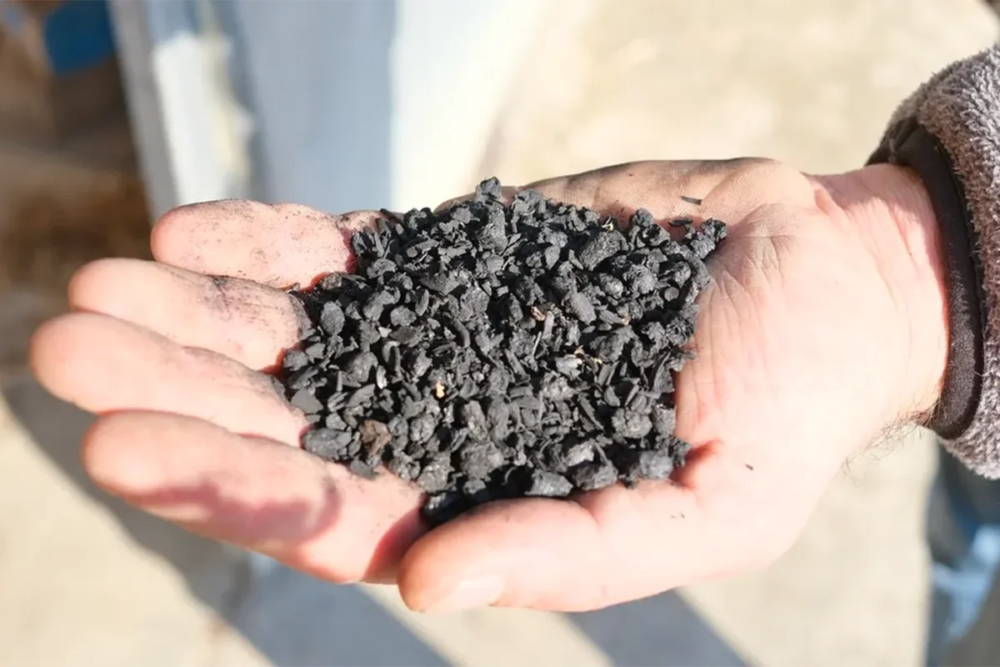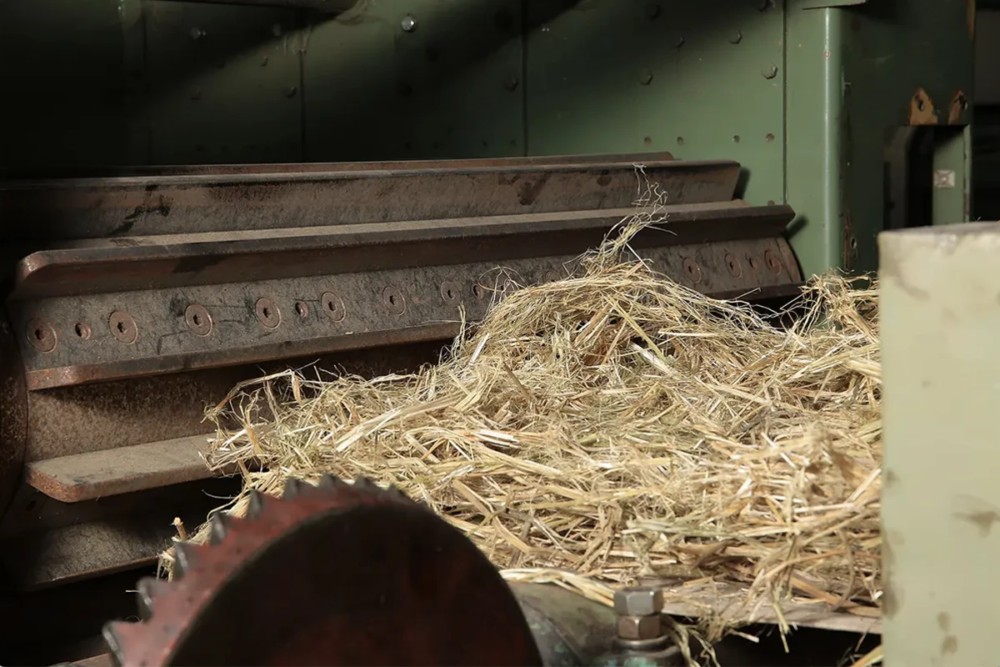
The thermoregulatory properties of hemp fiber
Hemp thermoregulation is due to a natural conformation as a hollow fiber: micro air chambers for both textiles and green buildings made with hempcrete
What is thermoregulation? Hemp structure, human body and homeostasis
Thermoregulation is the ability to maintain the temperature of a body when the surrounding environment is warmer or colder. All organisms have their own internal thermoregulation by which they achieve homeostasis, a form of body heat balance achieved internally that allows the organism to thrive.
Thermoregulatory materials help maintain internal homeostasis by acting as a barrier against the outside world. The hollow structure of hemp fibers lends the ability to allow airflow as the body’s internal temperature works with the fabric rather than against it. The air microchamber spaces in the fibers are spaces that slow the propagation of heat energy, reducing temperature changes.
Thermoregulation in hemp fabrics
When structured into a yarn, hemp fiber transfers its qualities to the fabrics it builds, generating lightweight, thermoregulating materials that are breathable in the heat and insulating against the cold.
Plus, hemp fiber can quickly absorb ultraviolet rays, UVA rays and moisture from the body.
Temperature control and construction, hemp, wood and hemp fiber
The construction sector is the largest consumer of energy globally, accounting for forty percent of total energy consumption. Concrete not only pollutes, but also has a high thermal mass: this means that it stores temperature, absorbing heat during the day and releasing it at night.
Hemp hurd or canapule, the hemp shives, is the woody pith inside the stem of a hemp stem: it is processed together with the fiber scraps to deliver Hempcrete. The hollow fibers that allow air circulation make hempcrete a low-density material, which is therefore able to support less weight than other building resources.
The morphology and thermophysical properties of hemp concrete are characterized by its ability to thermoregulate with a maximum time displacement of thirty minutes and a temperature difference of 4.6 degrees, providing passive latent heat storage for buildings.







